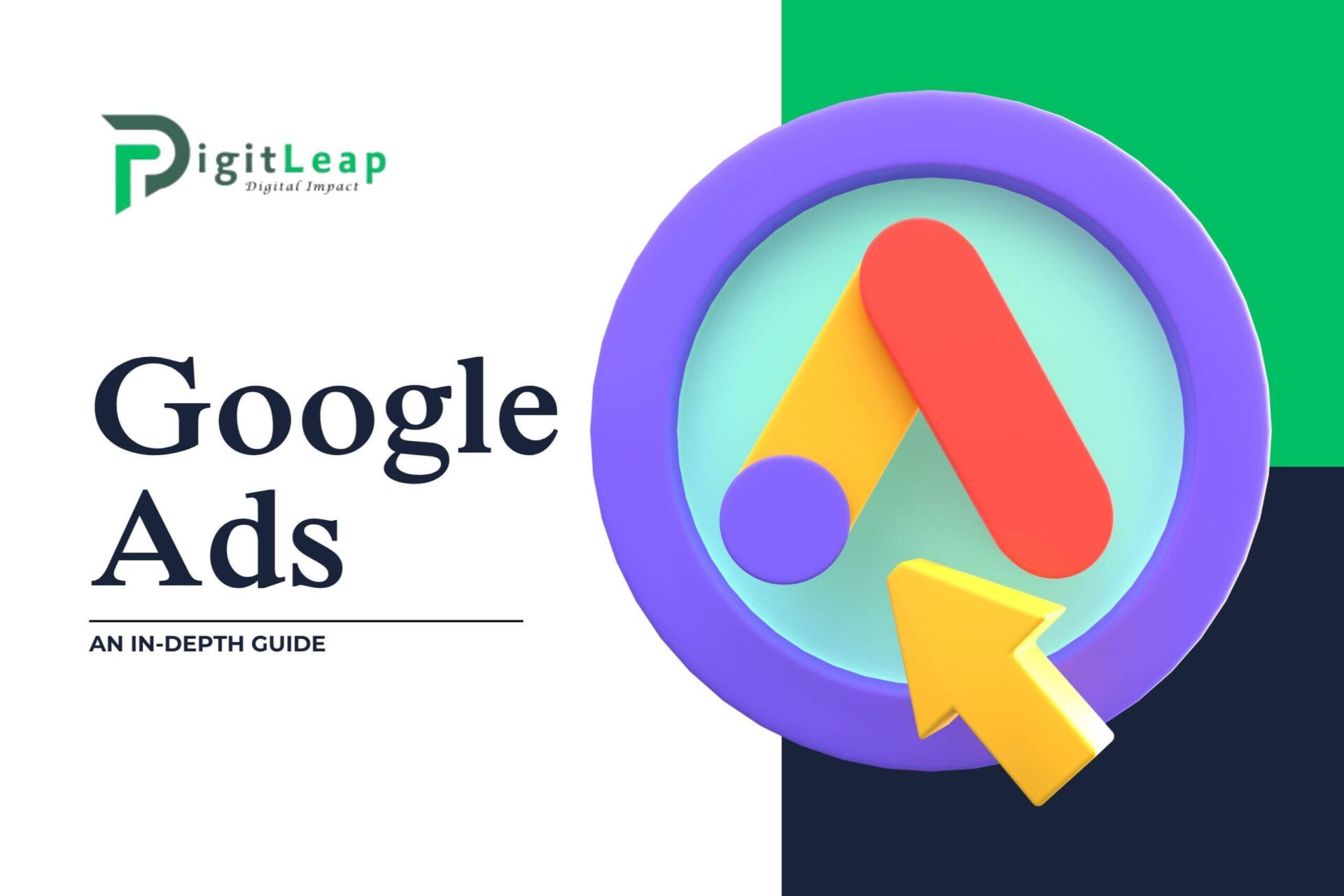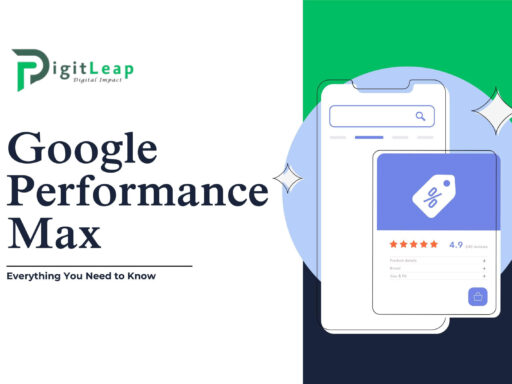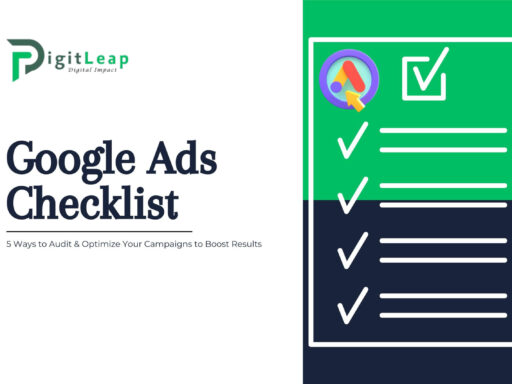An In-Depth Guide to Google Ads
Google Ads is one of the most powerful digital advertising platforms available today, enabling businesses to reach their target audiences through search engines, display networks, YouTube, and more. Whether you’re trying to boost sales, increase website traffic, or drive leads, Google Ads offers various tools and strategies to achieve your marketing goals.
If you’re new to Google Ads or looking to improve your campaigns, this guide will walk you through the key elements of the platform, how it works, and tips for getting the most out of your advertising spend.
What Is Google Ads?
Google Ads is a pay-per-click (PPC) advertising platform where advertisers bid on specific keywords to have their ads appear when users search for those terms. You only pay when someone clicks on your ad, making it a cost-effective way to target potential customers who are actively looking for your products or services.
Google Ads operates across multiple networks:
- Search Network: These are text ads that appear on Google’s search engine results pages (SERPs) when users type in relevant queries.
- Display Network: Image or video ads that show up across websites, apps, and other platforms within Google’s ad network.
- YouTube: Video ads that appear before or during YouTube videos, allowing you to engage users on the world’s largest video-sharing platform.
- Shopping Ads: Product ads that showcase your products directly in Google’s search results, complete with pricing and images.
How Does Google Ads Work?
Google Ads follows a bidding system where you compete with other advertisers for top positions in search results or ad placements across Google’s platforms. The position of your ad is determined by a combination of your bid amount, the quality of your ad (measured by Quality Score), and how relevant your ad is to the user’s search query.
Here’s a breakdown of the key components:
- Keywords: You choose specific keywords that are relevant to your business, which determine when your ads will be shown.
- Bidding: You set a maximum bid, which is the most you’re willing to pay for a click on your ad. Google Ads uses an auction system to determine the order in which ads appear.
- Ad Rank: This is calculated by multiplying your bid by your Quality Score (a measure of relevance, expected click-through rate, and landing page experience). The higher your Ad Rank, the better your ad position.
- Budget: You set a daily budget for your campaigns, which determines how much you’re willing to spend each day on your ads.
Types of Google Ads Campaigns
Google Ads offers several campaign types depending on your marketing objectives:
- Search Campaigns: These are text ads that appear on the SERPs when users search for specific keywords. Search campaigns are great for targeting users actively looking for products or services like yours.
- Display Campaigns: Display ads can appear on millions of websites and apps across the Google Display Network. These campaigns are effective for raising brand awareness and retargeting previous visitors.
- Video Campaigns: If you want to engage users through video content, video campaigns place your ads on YouTube and other Google video partners.
- Shopping Campaigns: Ideal for eCommerce businesses, Shopping campaigns show product ads with detailed information like price, product image, and store name.
- App Campaigns: These campaigns are designed to promote mobile app downloads and engagement across Google’s platforms, including Google Play and YouTube.
- Performance Max: A new campaign type that allows you to access all of Google’s ad channels (Search, Display, YouTube, Discover, and Gmail) in one campaign, optimized for your specific goals.
How to Set Up a Google Ads Campaign
Setting up a Google Ads campaign is straightforward, but optimizing it for performance takes some strategy. Here’s a simple process to get started:
- Define Your Goal
First, decide what you want to achieve with your campaign. Whether it’s generating leads, driving sales, or increasing website traffic, having a clear goal helps Google optimize your campaign settings accordingly. - Choose Your Campaign Type
Based on your goal, choose the appropriate campaign type, such as Search, Display, or Video. Each type has its own benefits and targeting options. - Select Your Audience
Targeting the right audience is key to a successful campaign. You can choose who sees your ads based on factors like location, age, gender, interests, and online behavior. - Choose Keywords
Select the keywords that best match what your target audience would be searching for. Use Google’s Keyword Planner to find relevant keywords and understand the potential cost per click. - Set Your Budget and Bids
Decide how much you want to spend daily and set your bids. You can choose from automated bidding (where Google adjusts bids for you) or manual bidding (where you control the bid amount for each keyword). - Write Your Ads
Craft compelling ad copy that grabs attention and encourages users to click. Include a strong call to action, such as “Buy Now” or “Get a Free Quote.” Make sure your ad copy aligns with the keywords you’re targeting and the landing page you’re directing users to. - Launch and Monitor
Once your campaign is live, monitor its performance regularly. Look at metrics like click-through rates (CTR), cost per click (CPC), and conversions. Make adjustments as needed to improve performance.
Tips for Optimizing Your Google Ads Campaigns
- Use Negative Keywords
Negative keywords prevent your ads from being shown for irrelevant searches. For example, if you’re selling high-end products, you might want to exclude searches that include the word “cheap.” This ensures you’re not wasting ad spend on users who are unlikely to convert. - Optimize Your Quality Score
Your Quality Score impacts how often and where your ads appear. Improve it by making sure your ads are relevant to the keywords you’re targeting, having strong ad copy, and ensuring a good user experience on your landing page. - A/B Test Your Ads
Create multiple versions of your ads and test which performs best. You can try different headlines, descriptions, or calls to action to see what resonates most with your audience. - Leverage Ad Extensions
Ad extensions allow you to add extra information to your ads, such as your phone number, location, or links to specific pages on your website. These extensions make your ad more useful and can boost your click-through rate. - Focus on Mobile
With more users searching on mobile devices, it’s essential to optimize your ads for mobile. Ensure your website and landing pages are mobile-friendly, and consider using mobile-specific ad formats like call ads.
Conclusion
Google Ads offers endless opportunities for businesses to reach their target audience and achieve their marketing goals. By understanding how the platform works and implementing best practices, you can create highly effective campaigns that deliver a solid return on investment. At DigitLeap, we help businesses navigate the complexities of Google Ads, ensuring that your campaigns are optimized to deliver the best possible results. Whether you’re just starting out or looking to take your campaigns to the next level, Google Ads provides the tools to succeed.






